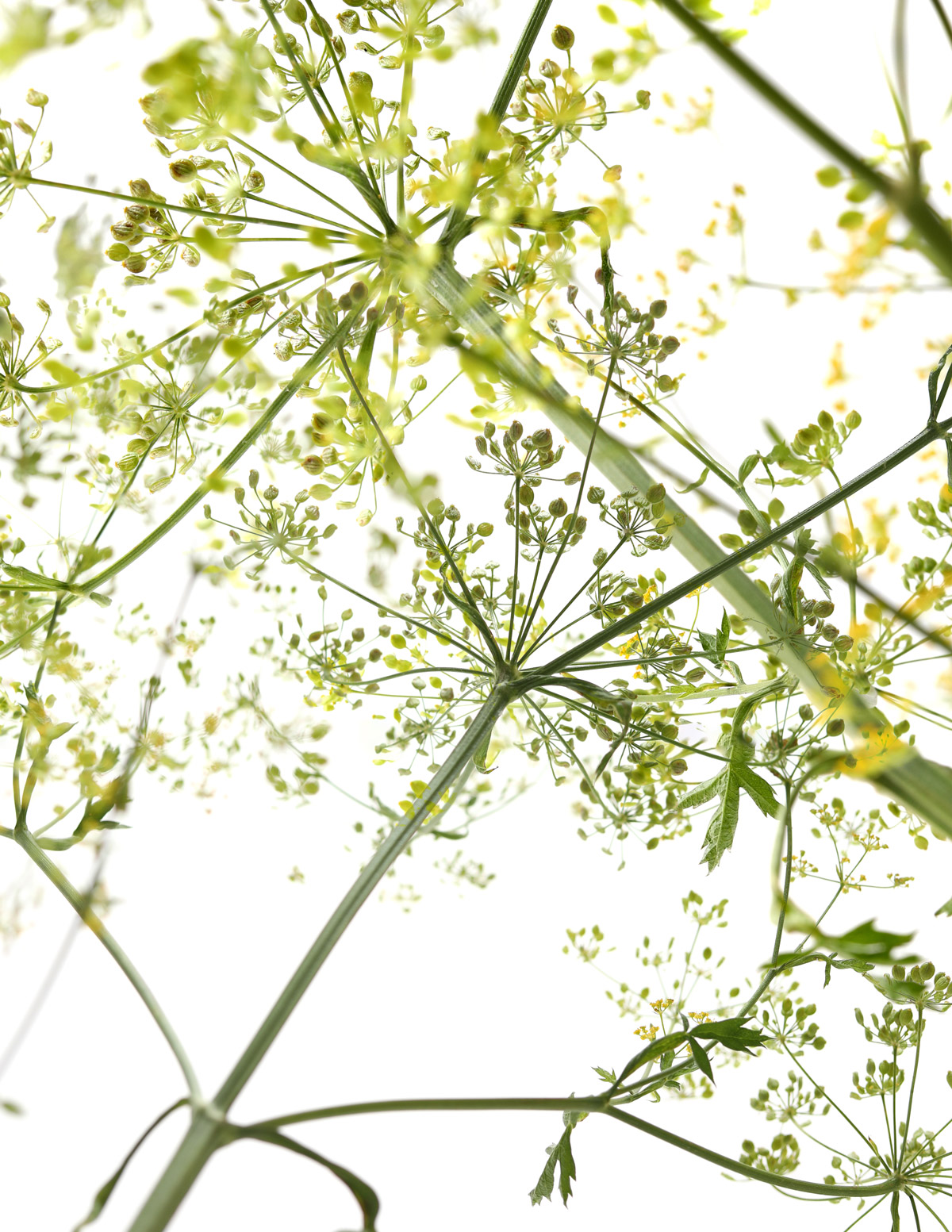
fireworks
today is a national holiday in the united states. the day we celebrate our declaration of independence from england in 1776. the typical way we celebrate this, in minnesota, is with outdoor gatherings at someone’s home or cabin who lives on a lake. sunset is 9pm. so about 9:30 fireworks begin exploding over the center of the lake, as each party host tries to out-do his neighbors (yes, i chose the male pronoun on purpose here). it will come as no surprise that someone who named their blog STILL is not a big fan of fireworks. for me they are too loud, and come too late in the day, and feel more like forced-fun than the real deal. anyway, i digress. this photo is the kind of fireworks i enjoy–silent explosions. happy 4th of july y’all, however you celebrate it, or don’t.
wild parsley umbels
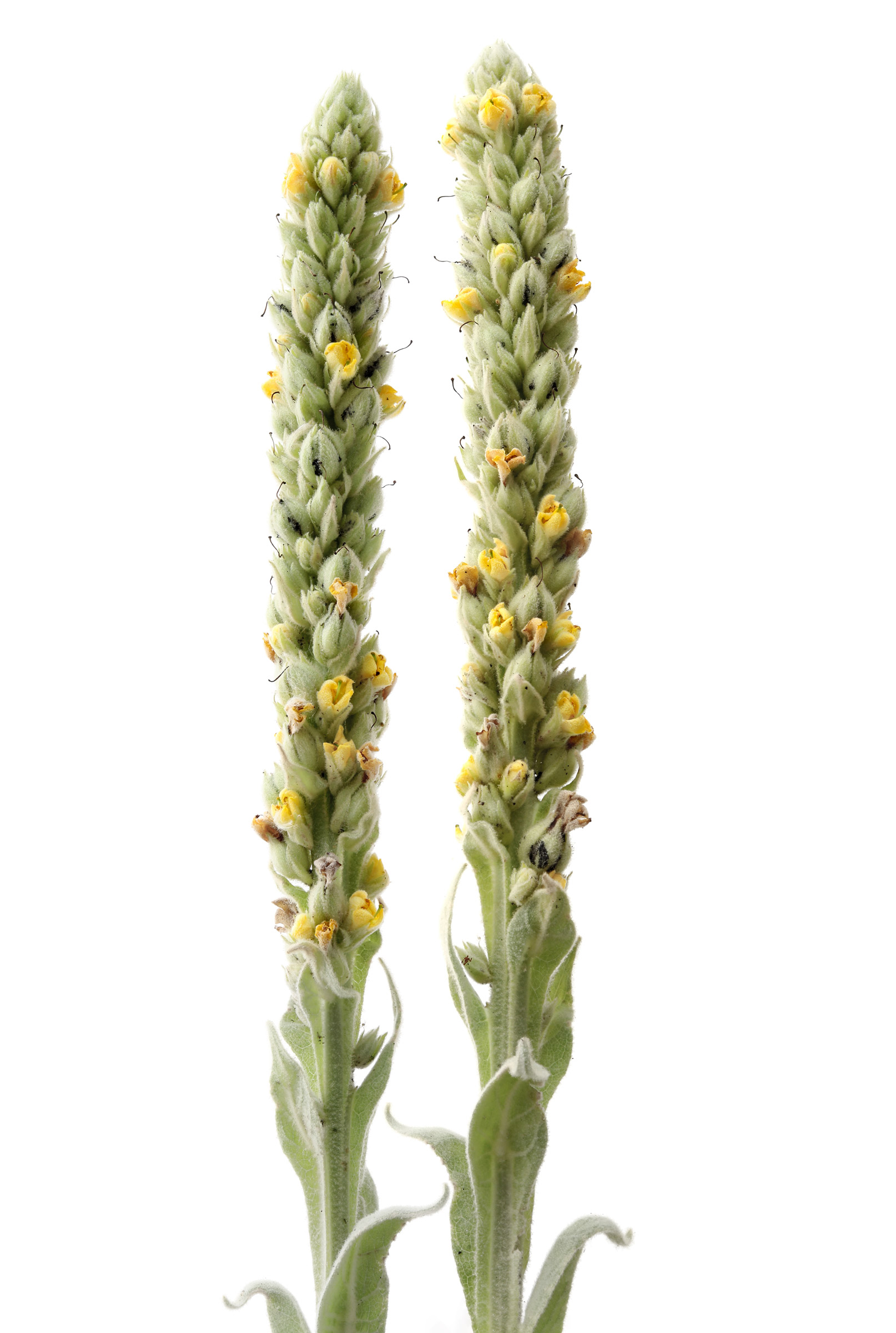
let’s take a closer look
zoom in. zoom out. there is beauty at any scale. nature does it right.
mullein flowers
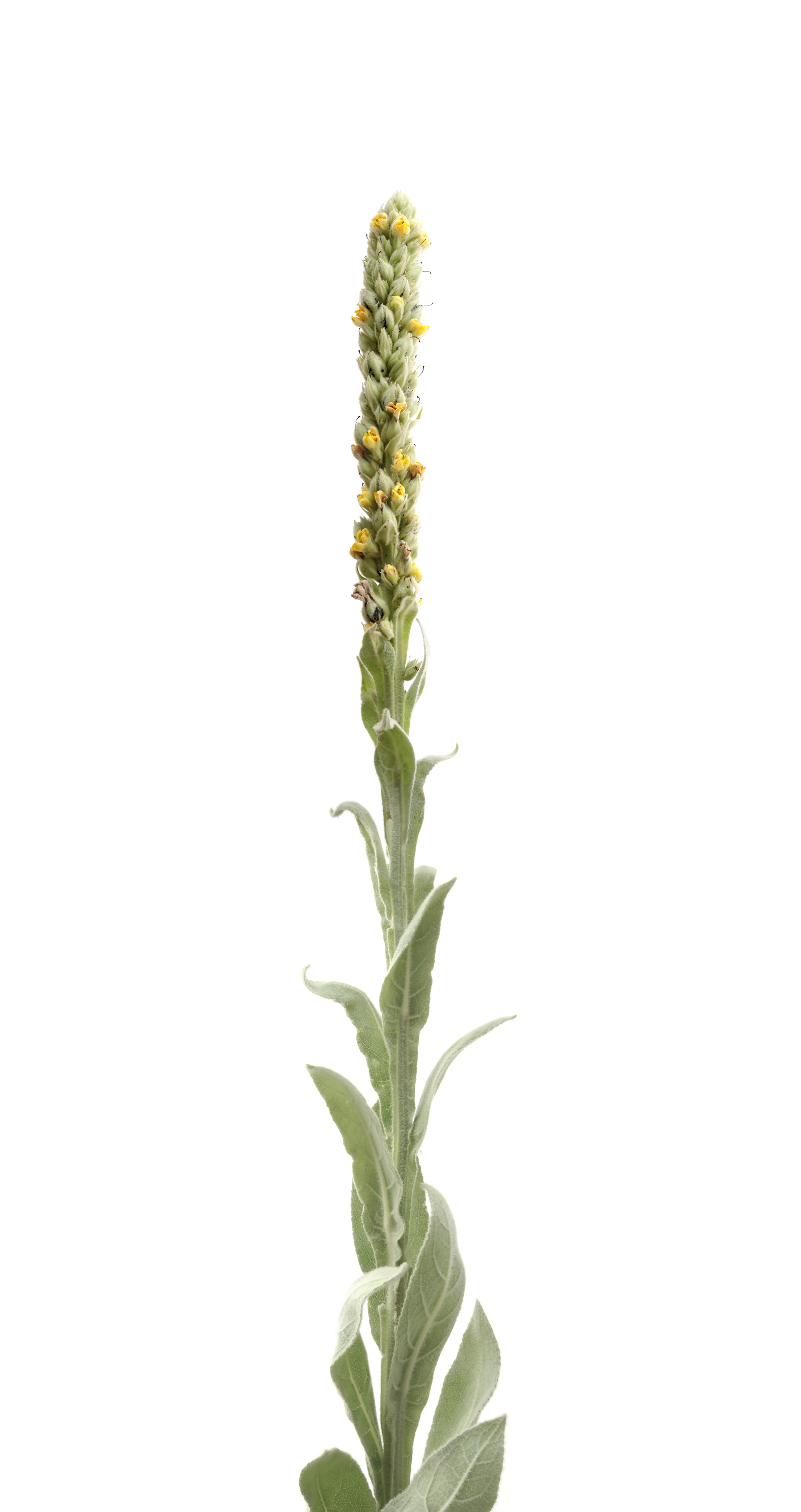
stalwart sentinels
this is mullein. you know it, but may not know its name. it grows in every state in the u.s. i love mullein–from the 2 meter high tip of coarsely packed seed head, to the bottom of its rosette of fuzzy leaves. what i love most is its year-round presence. the stems are sturdy enough to survive the winter, and poke solemnly up through the snow-pack all winter long, keeping me company on my winter walks. roman soldiers are said to have dipped the plant stalks in grease for use as torches. other cultures use the leaves as wicks. native americans and american colonists lined their shoes with leaves from the plant to keep out the cold. in the western united states residents commonly refer to mullein as “cowboy toilet paper”. it can be used to make natural dyes, and native americans commonly used it in traditional medicine. what’s not to love?
common mullein (Verbascum thapsus)
-
I did not play much at all with dolls when I was a little girl, I was more of a tomboy. But one time when I did have one, I made blankets for it out of Mullein leaves, I thought they were so soft and velvety.
reply
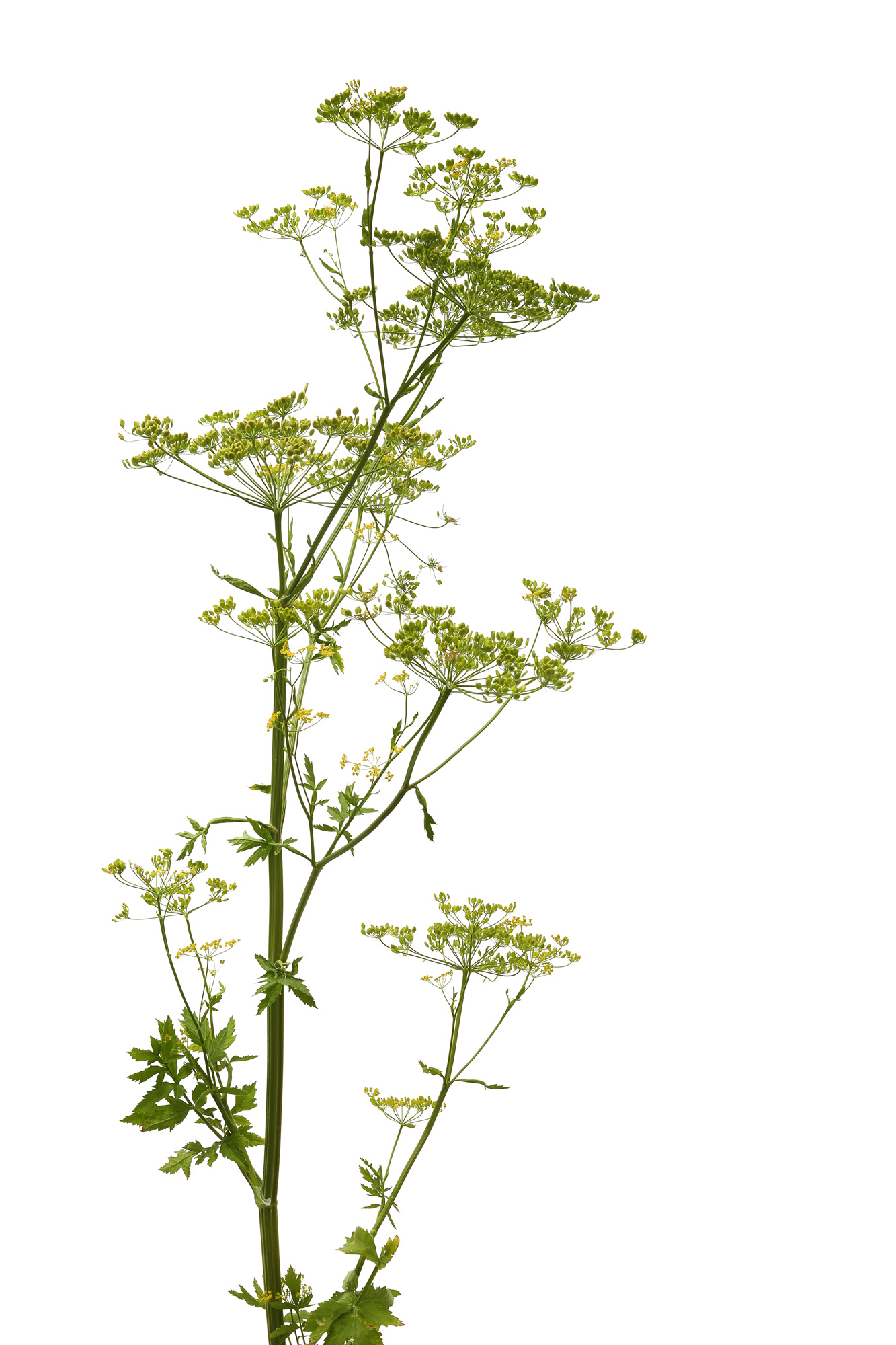
umbels for the win
so, i gathered this today thinking i was gathering angelica. in years of plentiful rain, angelica can grow to 3 meters tall. this specimen was about 1 ½ meters tall, but we’ve been in a drought i reasoned. i thought it was angelica the whole time i photographed it. and when i sat down to write this post, and i looked up angelica to verify my find, i realized i was probably mistaken. angelica flowers are white not yellow. then, i had a moment of real fright as i thought i might have picked and been handling water hemlock all afternoon. oh man, that is not the first time i have been worried about water hemlock. my heart is still racing as i type this. water hemlock is scary. turns out, water hemlock also has white flowers. this, it turns out, is wild parsnip–a rogue cousin of the cultivated parsnip. common. ubiquitous. and safe. thank god.
wild parsnip (Pastinaca sativa)
-
Whew!!
reply -
PLEASE be careful with this plant. I work for the DNR and we have a page on this on our website:
Wild parsnip (Pastinaca sativa), a non-native plant, was first discovered in Minnesota in the 1990s. While this plant causes a range of impacts to the environment, the largest concern from this invading species is its ability to inflict burns to skin of people that come into contact with the sap from the plant. Wild parsnip is found in open places such as roadsides, pastures, and disturbed areas.
Warning: Avoid skin contact with the toxic sap of the plant by wearing gloves, long sleeves and long pants. When the juice of wild parsnip comes in contact with skin in the presence of sunlight it can cause a chemical burn which can look like a rash with blistering and discoloration of the skin
reply
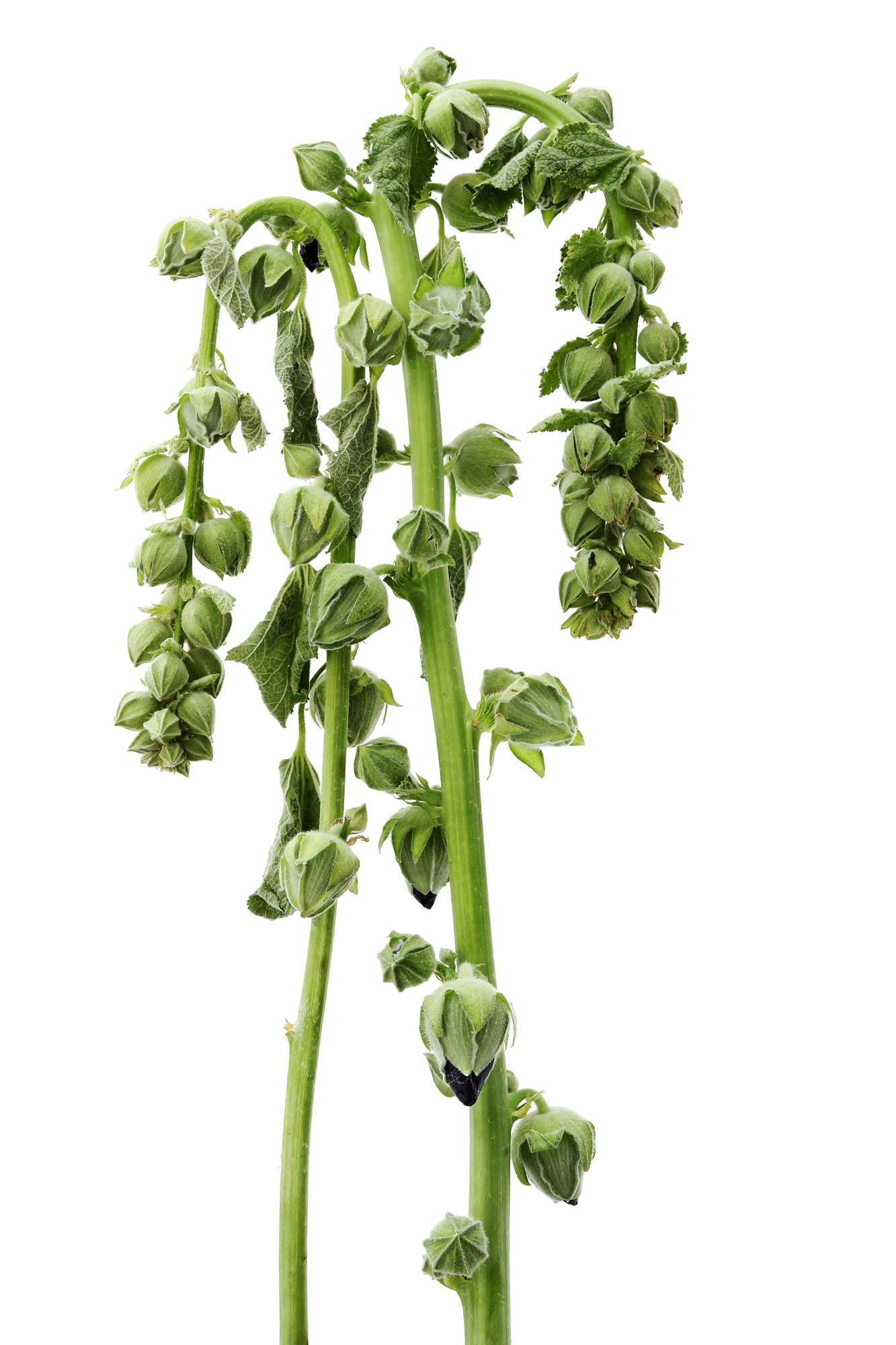
the best laid plans
my hollyhocks didn’t survive the time-out-of-water on my prolonged drive home from the flower shop yesterday. my fault. but the result were fetching in their own way.
hollyhocks (Alcea)


